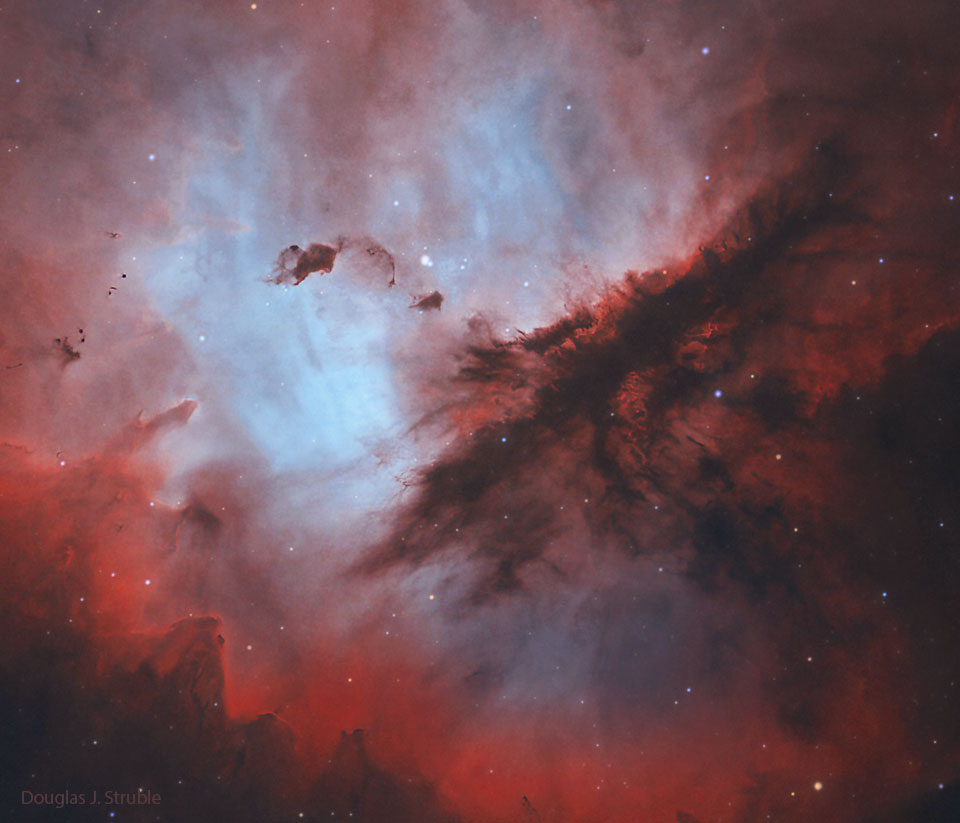2022 August 13
Image Credit Cassini Imaging Team, ISS, JPL, ESA, NASA
Explanation: Mimas, small 400 kilometer-diameter moon of Saturn, is host to 130 kilometer-diameter Herschel crater, one of the larger impact craters in the entire Solar System. The robotic Cassini spacecraft orbiting Saturn in 2010 recorded this startling view of small moon and big crater while making a 10,000-kilometer record close pass by the diminutive icy world. Shown in contrast-enhanced false color, the image data reveal more clearly that Herschel's landscape is colored slightly differently from heavily cratered terrain nearby. The color difference could yield surface composition clues to the violent history of Mimas. Of course, an impact on Mimas any larger than the one that created the 130-kilometer Herschel might have destroyed the small moon of Saturn.








